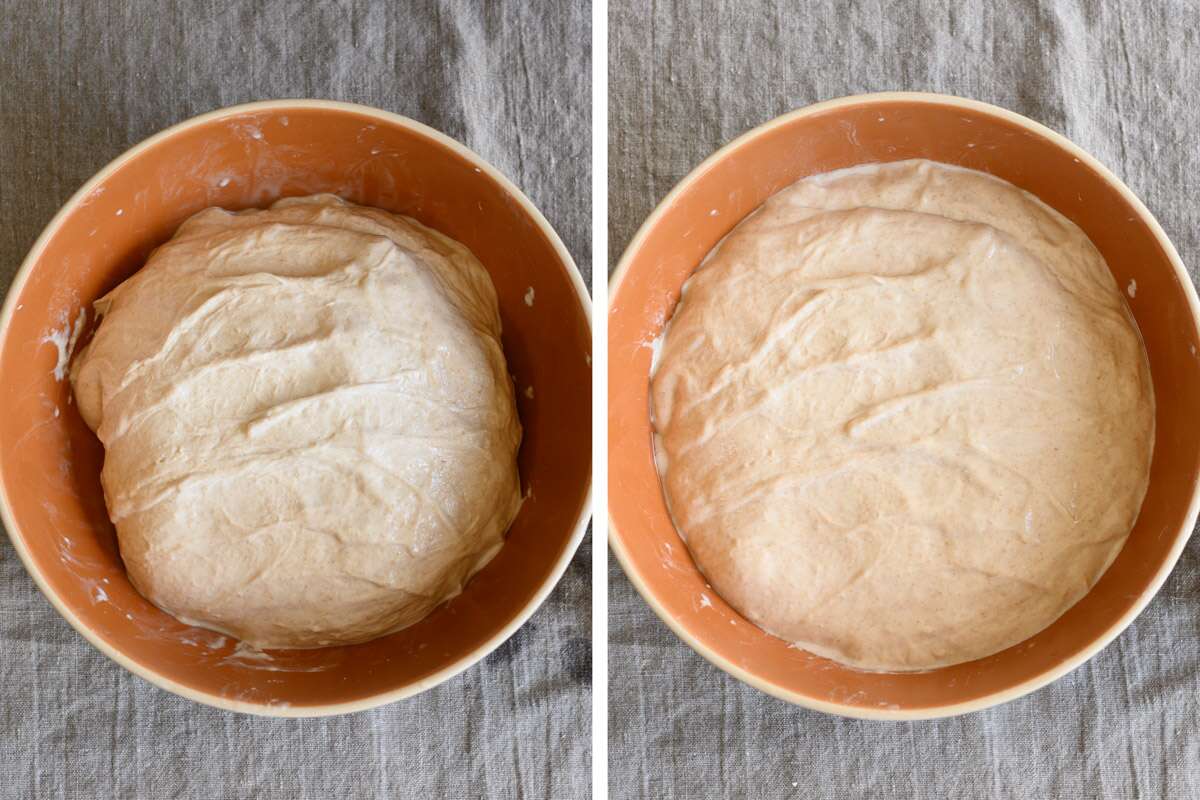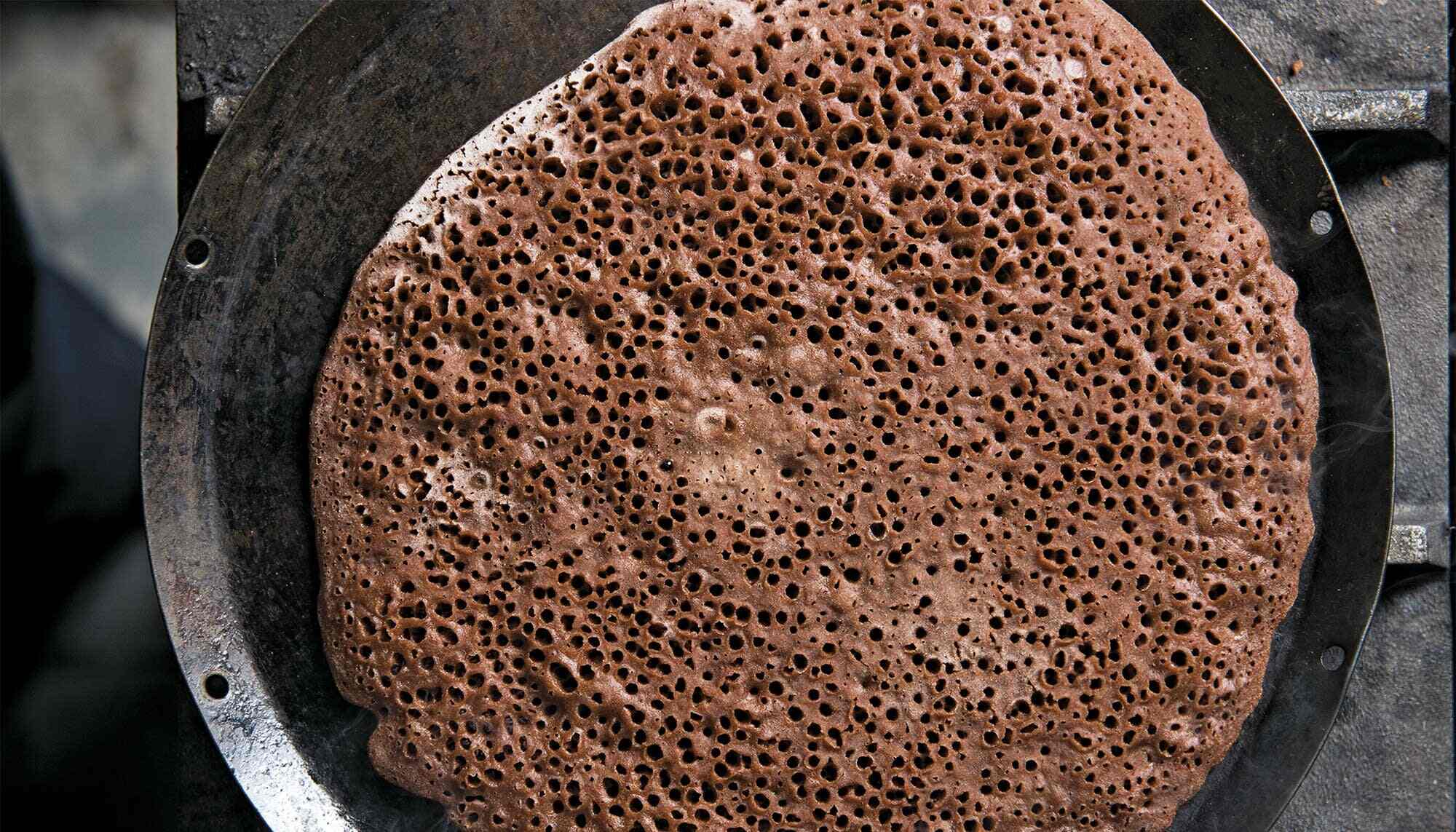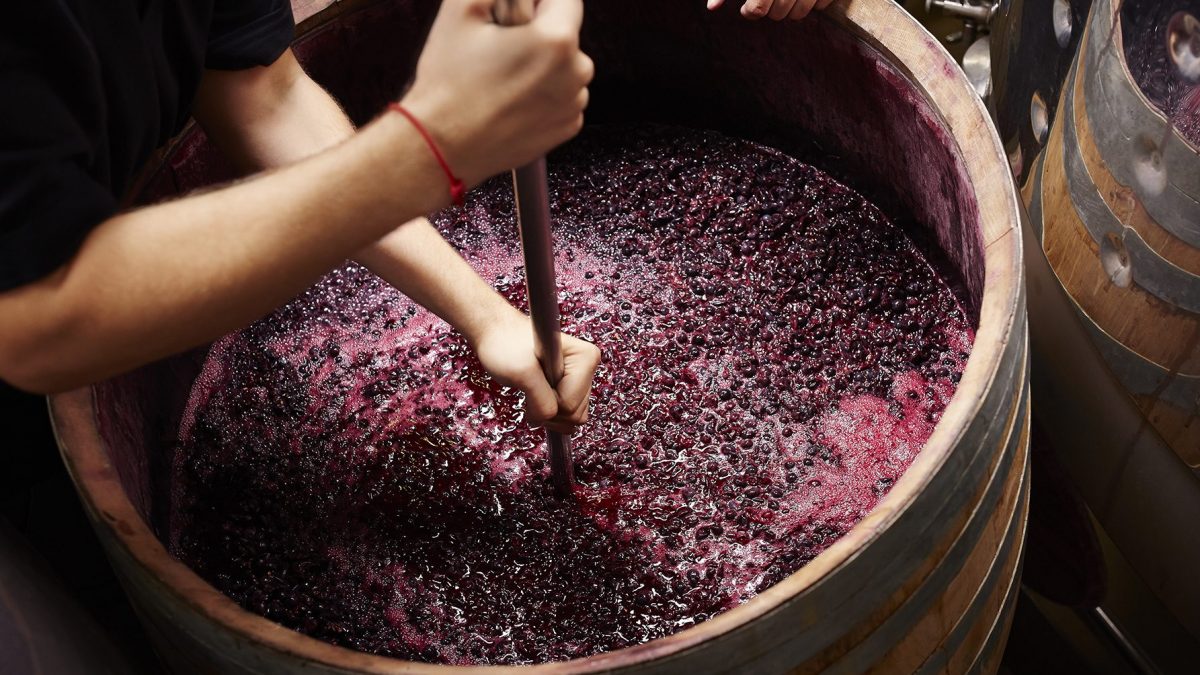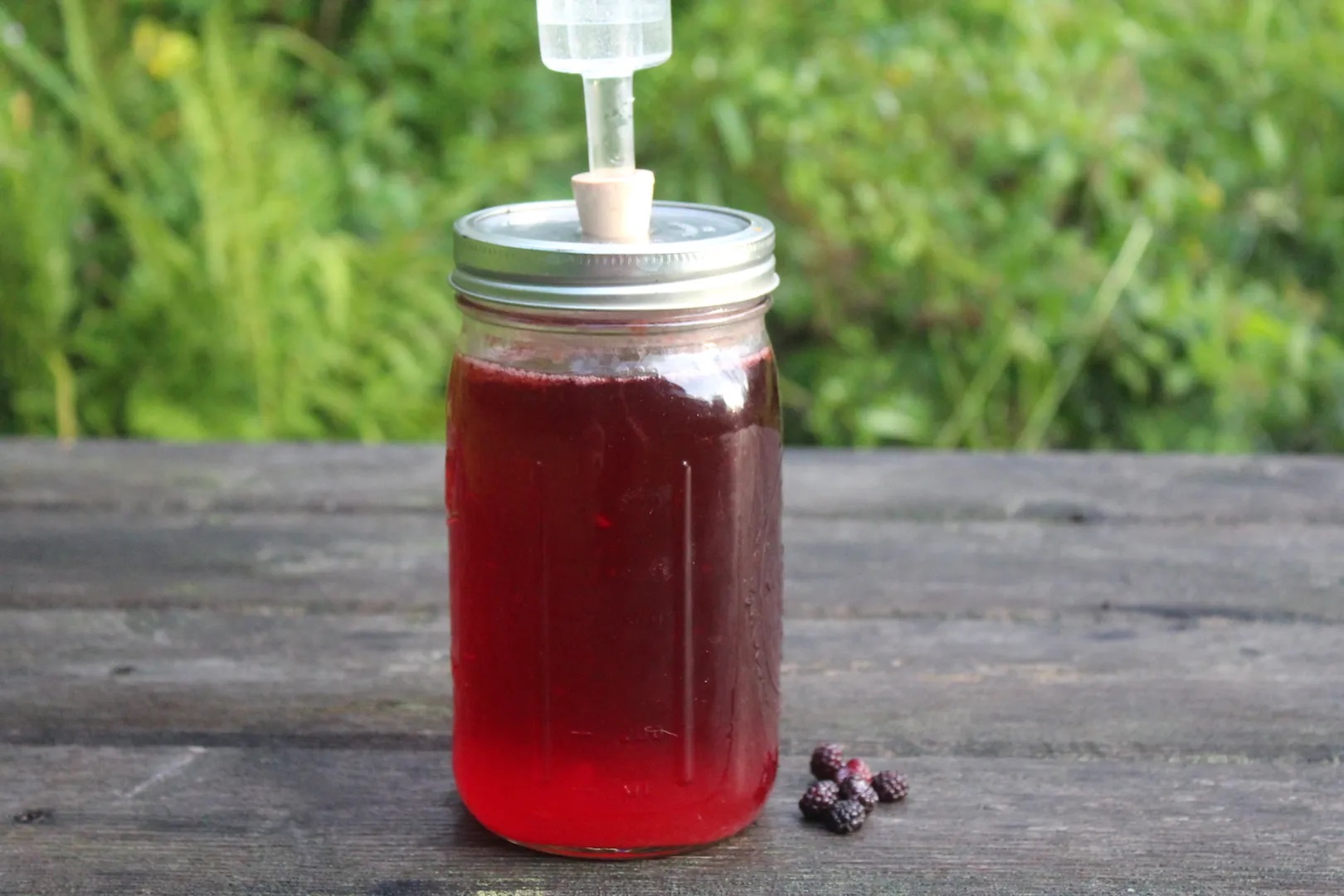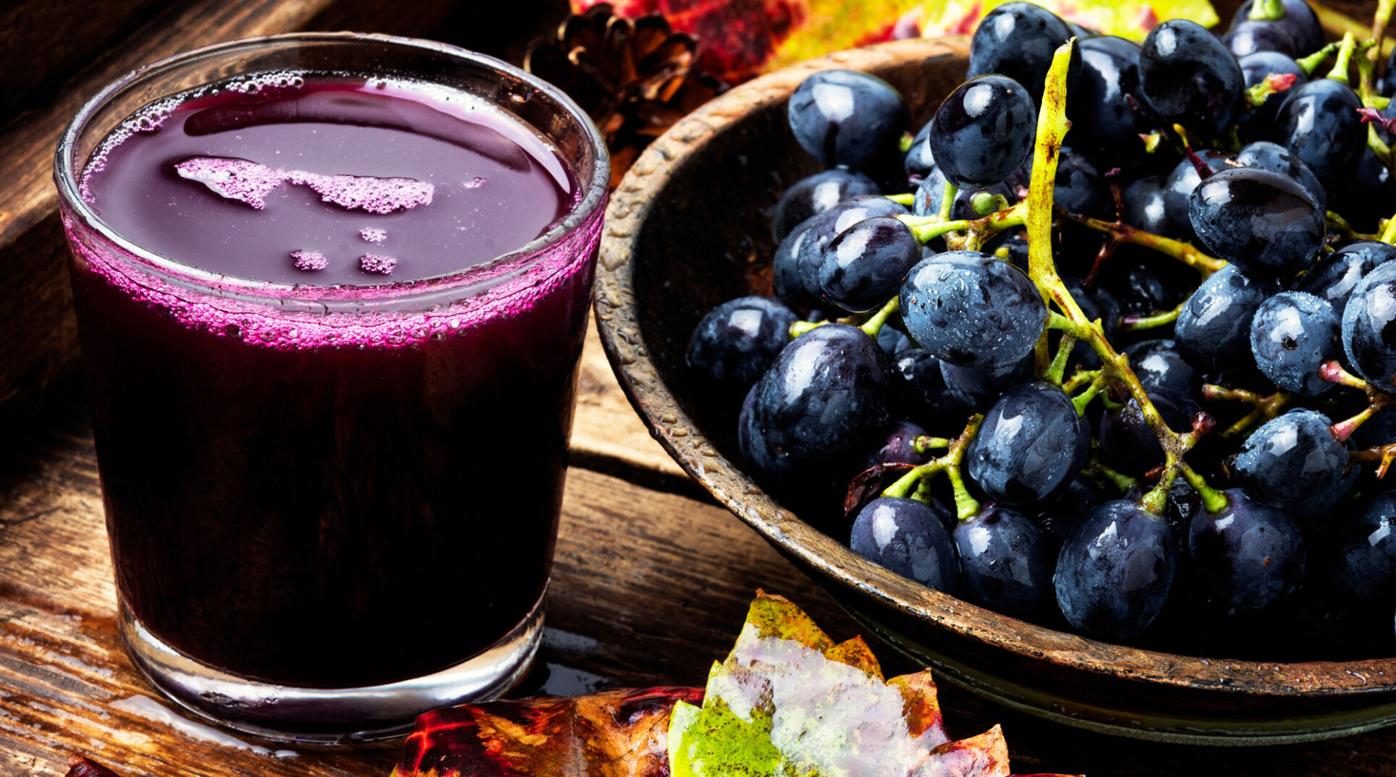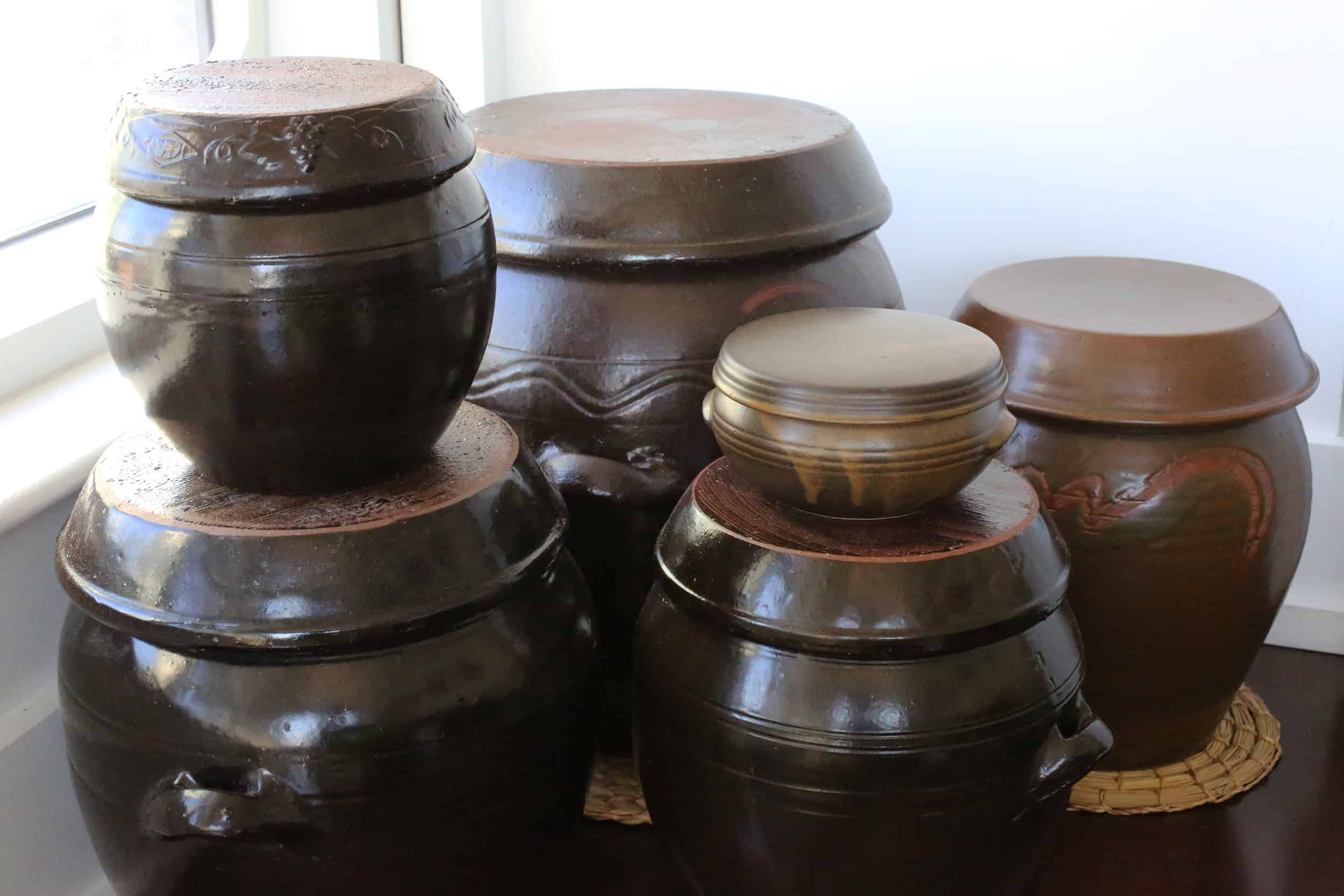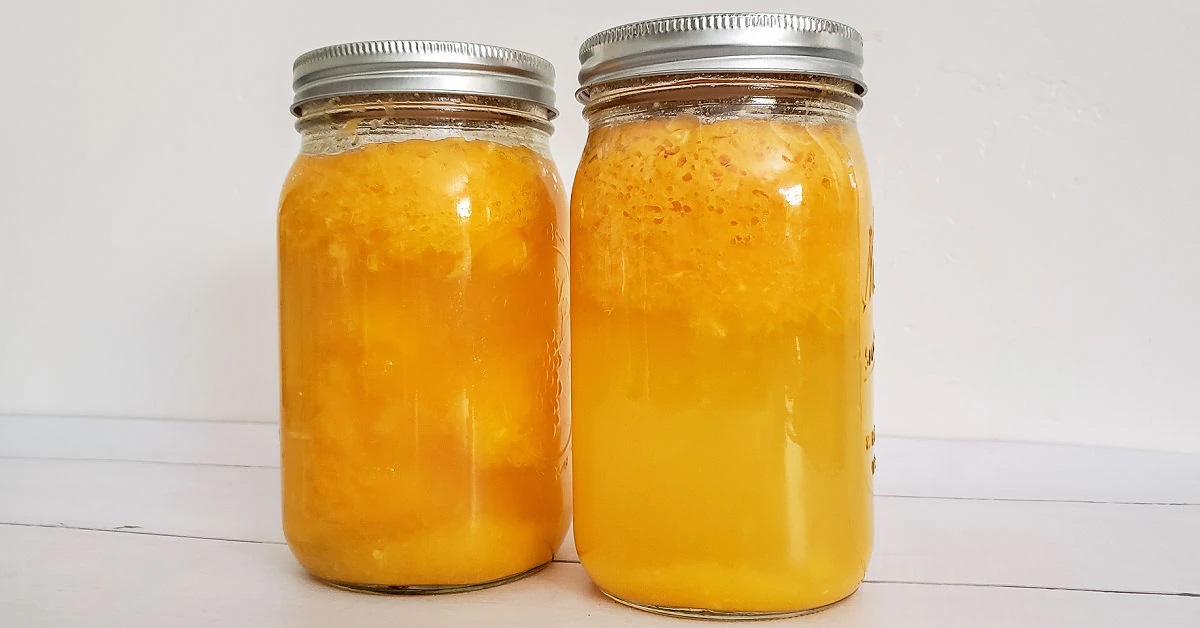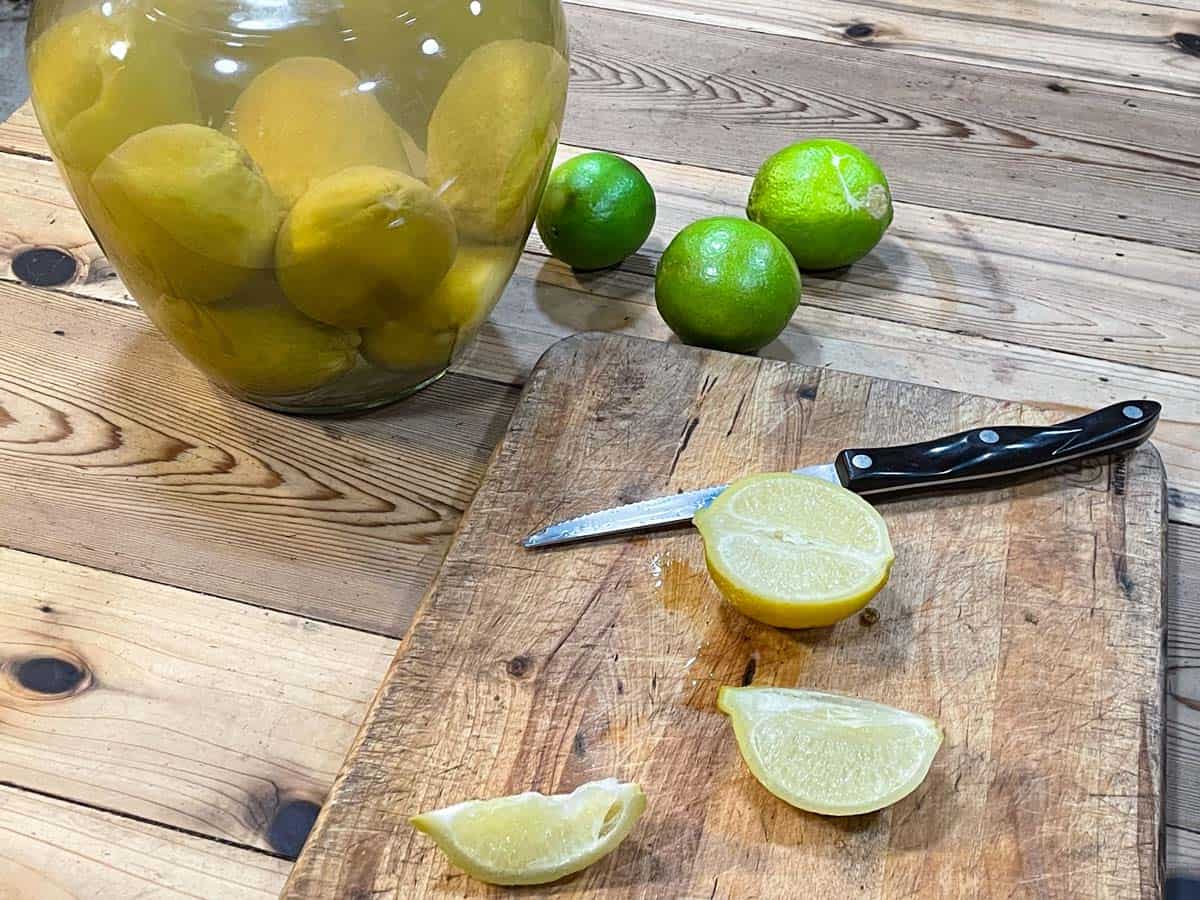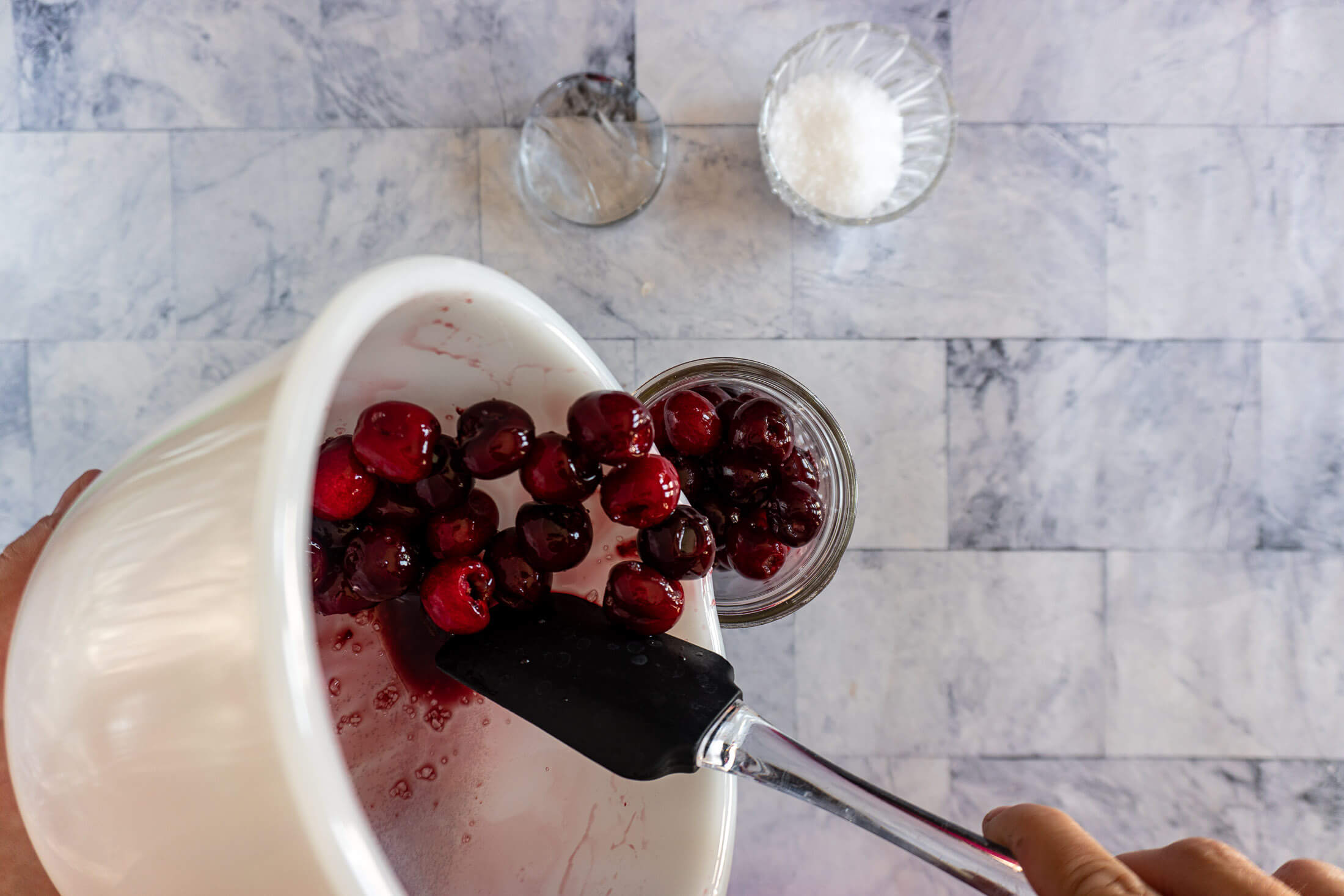Discover the Art of Fermenting Without Yeast
Are you ready to delve into the fascinating world of fermentation? Fermentation is a natural process that can transform ordinary ingredients into extraordinary flavors. While yeast is a common fermenting agent, there are other methods to achieve the same delicious results. In this article, we will explore the art of fermenting without yeast and discover how you can create your own fermented delights at home.
Understanding Fermentation
Before we dive into the process of fermenting without yeast, it’s important to understand the basics of fermentation. Fermentation is a metabolic process that converts carbohydrates, such as sugars and starches, into alcohol or organic acids using microorganisms like bacteria and fungi. This process is responsible for creating a wide range of foods and beverages, including yogurt, cheese, pickles, and kimchi.
Methods of Fermenting Without Yeast
While yeast is commonly used in the fermentation process, there are alternative methods that can yield equally delicious results. Here are some techniques for fermenting without yeast:
- Lactic Acid Fermentation: This method relies on lactic acid bacteria to convert sugars into lactic acid, resulting in tangy and flavorful foods such as sauerkraut and pickles.
- Wild Fermentation: Harness the natural yeasts and bacteria present in the environment to ferment foods. This method is popular for making sourdough bread and fermented beverages like kombucha.
- Vegetable Fermentation: Ferment vegetables using a salt brine to encourage the growth of beneficial bacteria. This method is perfect for creating probiotic-rich foods like kimchi and traditional pickles.
The Benefits of Fermenting Without Yeast
Choosing to ferment without yeast offers a range of benefits, including:
- Health Benefits: Fermented foods are rich in probiotics, which support digestive health and boost the immune system.
- Flavor Diversity: Different fermentation methods can produce a wide variety of flavors, textures, and aromas, allowing you to explore a world of culinary possibilities.
- Preservation: Fermentation can extend the shelf life of perishable ingredients, reducing food waste and allowing you to enjoy seasonal produce year-round.
Getting Started with Fermenting Without Yeast
Ready to try your hand at fermenting without yeast? Here are some simple steps to get started:
- Choose Your Ingredients: Select your favorite vegetables, fruits, or grains to use as the base for your fermentation experiments.
- Prepare Your Fermentation Vessel: Clean and sanitize a glass jar or ceramic crock to create the ideal environment for fermentation.
- Add Your Flavor Enhancements: Get creative with herbs, spices, and other flavorings to customize the taste of your fermented creations.
- Monitor the Fermentation Process: Keep an eye on your fermenting concoctions, tasting them regularly to gauge their progress and flavor development.
- Enjoy the Fruits of Your Labor: Once your ferments have reached the desired level of tanginess and complexity, savor the unique flavors and nutritional benefits of your homemade creations.
Embrace the Art of Fermentation
Whether you’re a seasoned fermenting enthusiast or a curious beginner, exploring the world of fermentation without yeast can open up a world of culinary possibilities. By harnessing the power of natural microorganisms, you can create an array of delicious and nutritious foods that will tantalize your taste buds and nourish your body. So, roll up your sleeves, gather your ingredients, and embark on a flavorful journey into the art of fermenting without yeast.
Happy fermenting!
Exploring More: Recipes and Applications
Now that you've mastered the art of fermenting without yeast, it's time to put your skills to the test with a variety of recipes that showcase the versatility and depth of flavors achievable through fermentation. For starters, consider trying the Cucumber Kimchi, a crunchy, spicy addition to any meal. Moving on, the Classic Sauerkraut and Homemade Kimchi are excellent for those looking to refine their technique while adding staple fermented foods to their repertoire. For a unique twist on beverages, the Fermented Lemonade offers a refreshing probiotic kick. We highly recommend the Traditional Dill Pickles, perfect for enhancing your burgers or as a standalone snack. Each recipe offers a unique set of flavors and health benefits, making them perfect projects for both novice and experienced fermenters alike.
Was this page helpful?
Read Next: How To Ferment Elderberries
